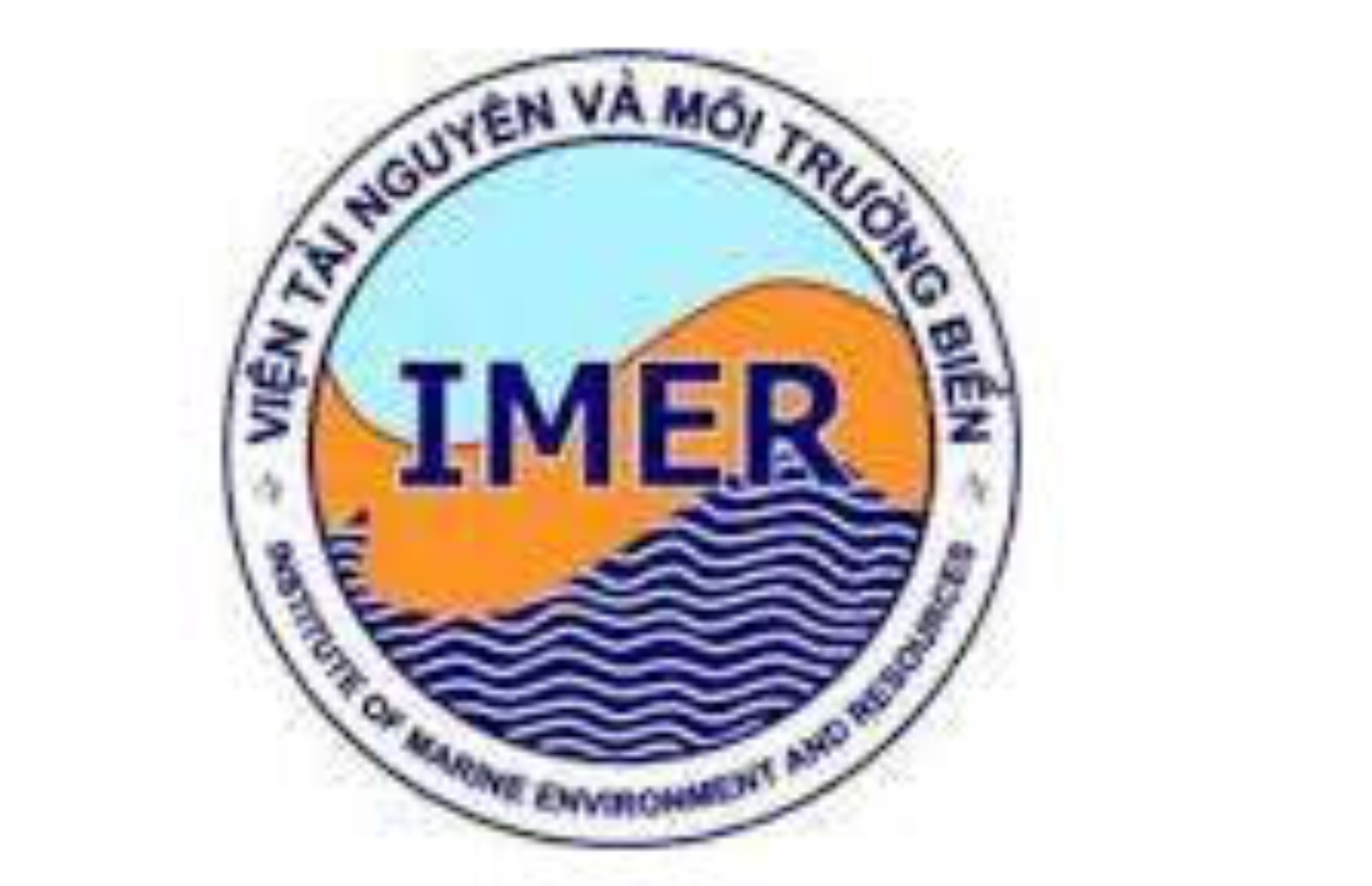Simulation of spatial variation of plankton communities in the South Central Vietnam sea by ROMS model
Author affiliations
DOI:
https://doi.org/10.15625/1859-3097/19/3/11627Keywords:
ROMS, hydrodynamic, ecological, South Central Vietnam sea.Abstract
This study preliminarily applies the Regional Ocean Modeling System (ROMS) in the two major monsoon seasons (Northeast and Southwest monsoons) for the South Central Vietnam sea (9–14.5oN, 105–112oE), in which the hydrodynamic and ecological modules are coupled. The results show that the plankton only develop in 200 m water on the top, concentrated mainly in the 0–70 m layer and in maximum biomass of 15–40 m layer. In the Northeast monsoon season, the plankton are concentrated mainly in the northern part and open seas of the area, while in the Southwest monsoon season, they are concentrated in the upwelling and adjacent southern areas. These results correctly reflect the basic law of the development of plankton communities in the sea area.Downloads
Metrics
References
Haidvogel, D. B., Arango, H., Budgell, W. P., Cornuelle, B. D., Curchitser, E., Di Lorenzo, E.,... and Levin, J., 2008. Ocean forecasting in terrain-following coordinates: Formulation and skill assessment of the Regional Ocean Modeling System. Journal of Computational Physics, 227(7), 3595–3624.
![]()
Penven, P., Cambon, G., Tan, T., Marchesiello, P., and Debreu, L., 2010. ROMS AGRIF/ROMSTOOLS user’s guide. Institut de Recherche pour le Developpement, Dunkerque.
![]()
Nguyen Minh Huan, Pham Van Sy, Duong Hong Son, 2010, The process of testing the forecast of the current, the salinity, the temperature and the total water level for the East Vietnam Sea area by ROMS model. VNU Journal of Science: Natural Sciences and Technology, 26(3S), 362.
![]()
Gildas Cambon, Isabelle Dadou, 2013. Physical-Biogeochemical modeling - Practical ROMS_AGRIF using the NPZD model. The lectures at University of Science and Technology of Hanoi, Vietnam.
![]()
Doan Bo, 2005. A model for nitrogen transformation cycle in marine ecosystem. Proceedings Extended Abstracts Volume, Theme 1, Session 3: Biogeo-chemical Cycling and Its Impact on Global Climate Change, 6th IOC/WESTPAC International Scientific Symposium,19–23 April 2004, Hangzhou, China, Published by Marine and Atmospheric Lab, School of Environmental Earth Science, Hokkaido University, 54, Japan.
![]()
Doan Bo, 1997. Mathematical model of distribution of floating organisms and primary biological productivity in the waters of upwelling continental shelf in South Central Vietnam sea. Journal of Biology, 19(4), 33.
![]()
Doan Bo, 2006. About a marine ecosystem model and some results of application to open areas of centre Vietnam. VNU Journal of Science, 22(1AP), 27.
![]()
Fasham, M. J. R., Ducklow, H. W., and McKelvie, S. M., 1990. A nitrogen-based model of plankton dynamics in the oceanic mixed layer. Journal of Marine Research, 48(3), 591–639.
![]()
Website: https://www.croco-ocean.org/
https://www.croco-ocean.org/">
![]()
Xiu, P., and Chai, F., 2011. Modeled biogeochemical responses to mesoscale eddies in the South China Sea. Journal of Geophysical Research: Oceans, 116(C10). doi:10.1029/2010JC006800.
![]()









